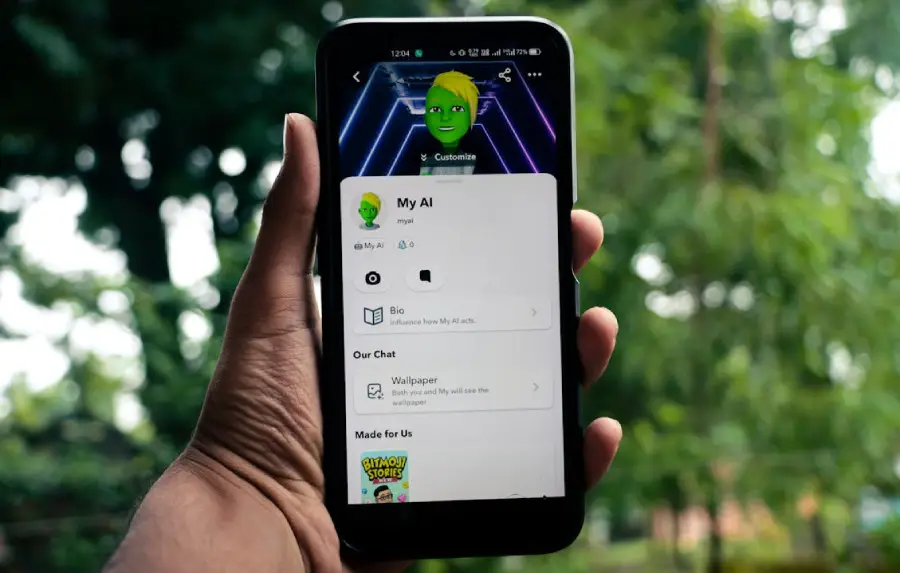In 2020, New Zealand witnessed an over 30% increase in contactless payments at points of sale. So instead of paying with cash, customers preferred a more digital method. A point of sale (POS) system allows your business to accept payments in exchange for services. An excellent POS ensures that each part of the payment process is safe and secure and uses the appropriate software for your niche.
You might feel tempted to purchase the first POS system you see. However, this hasty decision can jeopardize your business. With so many options in the market, the best way to get the right POS is by considering factors that align the system with your enterprise. The bottom line of any system is for it to benefit your company and not make transactions harder for you. So to make sure you make the best choice, find the appropriate POs system for yourself. Here’s what you need to do:
- Pick The POS That Relates To Your Industry
There are various kinds of industries. For example, you may be part of the healthcare sector, give out groceries or come from the retail industry. Naturally, the needs of your niche differ from each other, and the POS system you choose needs to reflect that. For instance, if you’re in retail in New Zealand, you may need software that helps you manage inventory, interprets bar code scans, and prints receipts after successful transactions. Considering this information, the POS systems for business in NZ offer the most appropriate software customized to your needs for such an industry.
So you must identify the needs of your business, the features that make your company stand out, and what your consumers will need on the POS system to make a payment. These systems are not interchangeable, and therefore you also need to be equally specific.
- The Pricing Should Make Sense To You
POS systems can get very expensive. However, that’s not always the case. You can spend anywhere from NZ$100 to NZ$300, depending on the type of pricing plan you sign up for. If you’re a small business, you may want a cost-effective solution, or this may result in you having to pay more and make less profit. While each POS has its range of costs according to the features they offer. Generally, this is what you’re paying for:
- The license of ownership
- Purchasing the necessary hardware for the installation
- The annual fee
You may also need to pay additional money to get the relevant software updates which may not be a part of your system. Cloud-based POS systems usually charge you yearly and monthly services with various payment packages. If you’re a small company or a startup, they may offer you a discount on your first subscription fee. If you’re running a franchise, you may get a chain discount.
Most websites provide details on how the payment will go, but it’s good to look into customer service and know what you are signing up for. Also, search for POS systems that come with a transparent payment policy. If there are hidden charges or you need to pay extra on the side for basic features, consider changing your system.
- Evaluate The Features
Point of sale systems come with many features. You may feel overwhelmed in choosing what services your business needs. Try to keep it simple. You want the transaction process to run smoothly and not become a complicated mess. Here are some features you should include:
- Product Checkout. An effective POS should facilitate the process of checking out. When a consumer is ready to purchase, the scanner should take no more than a second to match the product. At the same time, it should sum up the cost without causing any errors. The idea is to keep transactions going and not allow consumers to wait for more than they have to. Sometimes you may need to look at a product on the system to confirm the pricing. The POS software needs to be as linear as possible, allowing you to search without getting lost.
- Item Input. When entering products into a system, you’re essentially building a catalog. This helps you keep tabs on inventory, advertise your company, and makes purchasing convenient. A sound POS system allows you to develop your product list in bulk. So you don’t have to individually enter information which is both a hassle and costs far too much time. The system should also allow you to categorize every product according to its dimensions. Such as the color, size, and material of the item. This makes product selection easier and prevents any misunderstanding in the purchase.
Therefore, invest in POS software that provides these necessary traits. Don’t forget the entire process of transaction and customer identity also needs to be secure and private. If you also offer sales on the go, you need a mobile POS device to carry out transactions while delivering goods. This can be a smartphone or a tablet. Read more about Auto Shop Management System – How It Helps You Manage a Shop.
- Take It For A Test Run
Check for accessible trails when you’re happy with the POS system you chose. This allows you to test the new system and identify how well it’s working with your business. You also get to witness the software in action firsthand, which lets you identify shortcomings or realize if the software is not the right choice for you. As you try to conduct the test run, make sure the POS reporting connects to an analytic tool.
This allows you to see your data in a numerical form which informs you how successful your system is. You also can test out multiple POS systems and determine which software is proving to be more beneficial for your enterprise. Therefore, before you make any long-term commitment or express your loyalty toward one POS system-providing company, make notes on the software you picked and how well it worked.
Final Thoughts
Consumers search for easy and convenient companies to work with, especially when making purchases. This is where a practical Point Sale system comes into play. A good POS software makes business transactions faster and accessible, generating more profit for your company. Make sure you pay attention to the features you want your POS system to have. These include accessible payment on the go, updating information with no trouble, and speedy checkout. Finally, take it for a spin when you’re sure you have your model. After all, if you’re putting your money down on purchasing this system, it should work well.




 Blockchain in the Entertainment Industry
Blockchain in the Entertainment Industry